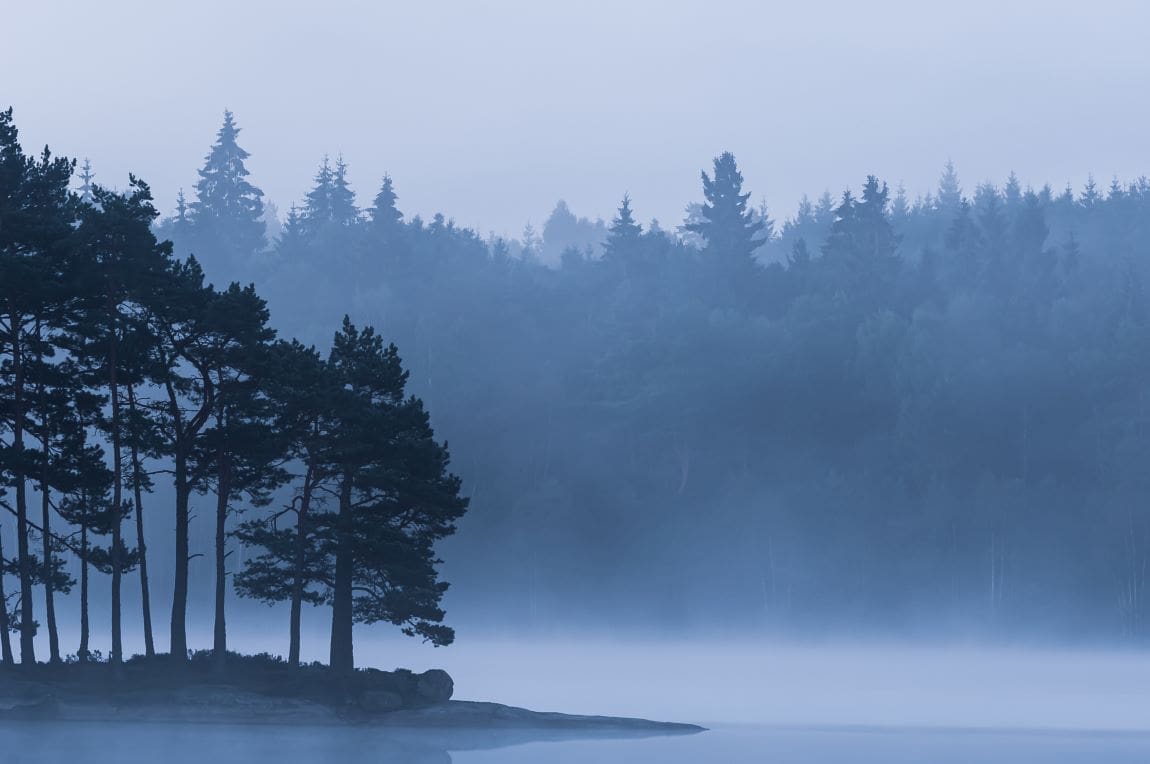A new study led by researchers from esteemed institutions including the White Rose universities of York and Leeds, Oxford, Montreal, and ETH, Switzerland, has shed light on the dire consequences awaiting the boreal forest and tundra regions over the next five centuries due to climate change.
The boreal forest, sprawling across vast expanses of Canada and Alaska, and the treeless shrublands to the north, stand out as some of the most vulnerable ecosystems facing the wrath of climate change, according to the study. By employing an advanced climate model with varying levels of atmospheric carbon dioxide concentrations, the research delved into the future, offering a glimpse into the fate of Earth’s ecosystems up to the year 2500.
Typically, climate models forecast outcomes only until 2100. However, the researchers emphasized the importance of extending these projections to provide a comprehensive understanding of how climate change will unfold in the long term, crucial for the adaptation of not just humans but also the intricate web of life on our planet.
The findings underscore a grim reality: the boreal forest, a vital carbon sink and a lifeline for clean water, faces unprecedented disruption, along with the tundra regions, whose role in regulating global climate cannot be overstated.
Already, the tundra has witnessed the encroachment of new plant species into once inhospitable territories, signaling a profound shift in ecosystems. As temperatures continue to rise, the tundra’s ability to mitigate tropical heat diminishes, potentially rendering parts of the hottest regions uninhabitable without substantial adjustments to human lifestyles.
Dr. Christopher Lyon from the University of York’s Department of Environment and Geography and Leverhulme Centre for Anthropocene Biodiversity stressed the urgency of acknowledging the slow but inevitable changes underway. He emphasized that while some adaptation to climate change is unavoidable, the extent of these adaptations hinges on current actions and decisions: “It is, …, useful to look beyond the UN’s 2030 and 2050 carbon emission targets, as well as the 2100 climate model predictions, as we know that climate change won’t stop there.”
The migration of species, a natural response to changing climates, could intensify in the coming centuries. However, the researchers cautioned that the sluggish pace of tree migration compared to animals and humans could spell disaster for ecosystems reliant on these slow-moving giants.
The study highlights a sobering reality: political cooperation is paramount for successful climate adaptation. As environments shift, more people may migrate to boreal regions, placing additional strain on already fragile ecosystems. Yet, achieving global consensus amidst existing conflicts and divisions poses a formidable challenge.
Dr. Bethany Allen from ETH Zurich emphasized the urgency of protecting boreal forests and tundra biomes, stressing the need for large-scale geographic shifts to preserve these critical ecosystems in the face of impending climate upheaval. “Our study indicates the longevity and severity of the impacts that human-induced climate change will have on the biosphere,” he says. “The need to protect boreal forest and tundra biomes is particularly pressing, and our results demonstrate how large-scale geographic shifts in the areas occupied by these biomes might be necessary in order to preserve them over the next few hundred years.”
In essence, the study serves as a strong call, urging policymakers and global leaders to confront the stark reality of climate change and take decisive action to safeguard the future of our planet and all its inhabitants. Failure to act now could consign future generations to a world irrevocably altered by human-induced climate disruption.
Journal Reference:
Christopher Lyon, Bethany J. Allen et al. ‘Projected future climatic forcing on the global distribution of vegetation types’, Philosophical Transactions of the Royal Society B: Biological Sciences 379, 1902 (2024). DOI: 10.1098/rstb.2023.0011
Article Source:
Press Release/Material by University of York
Featured image credit: wirestock | Freepik.com




